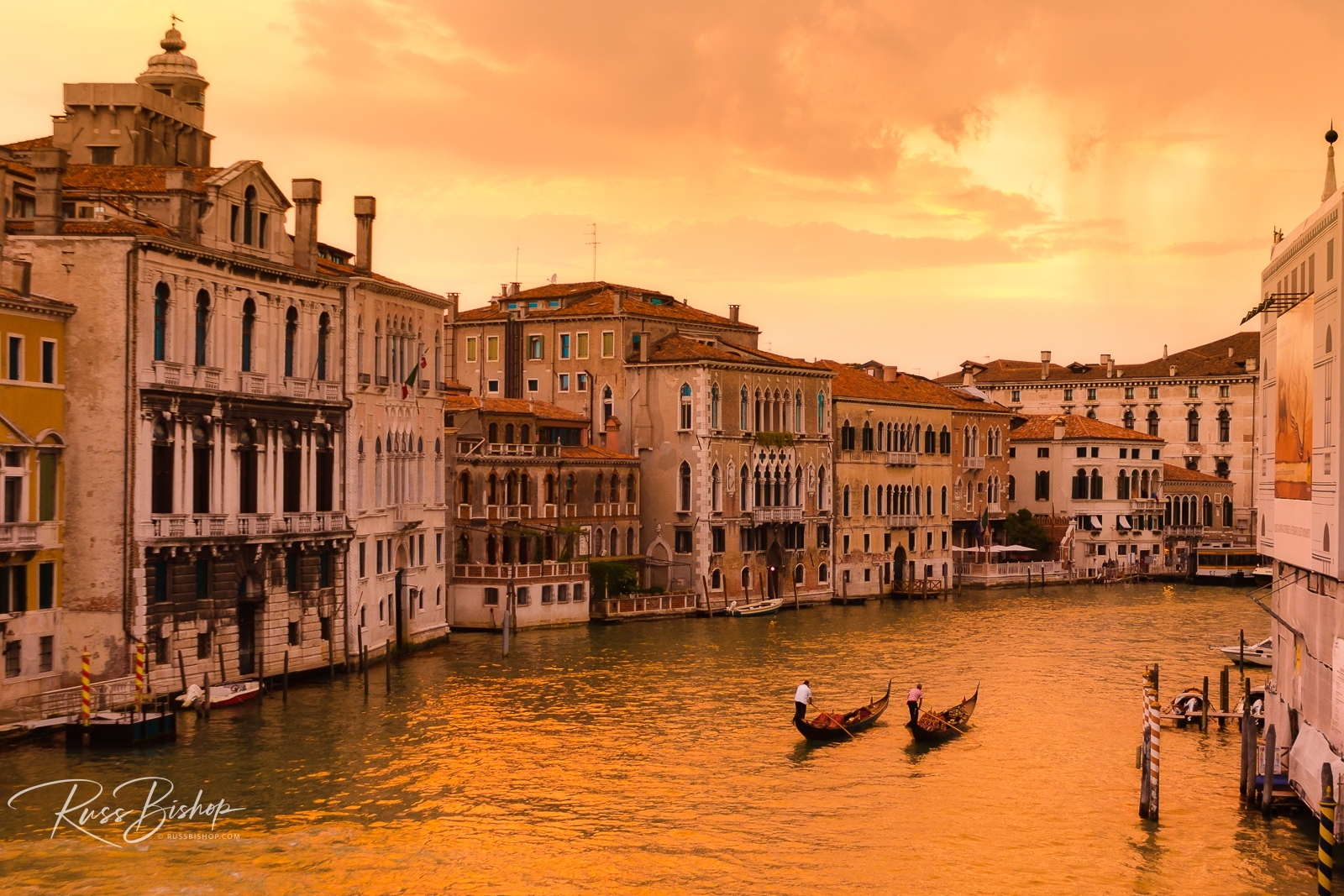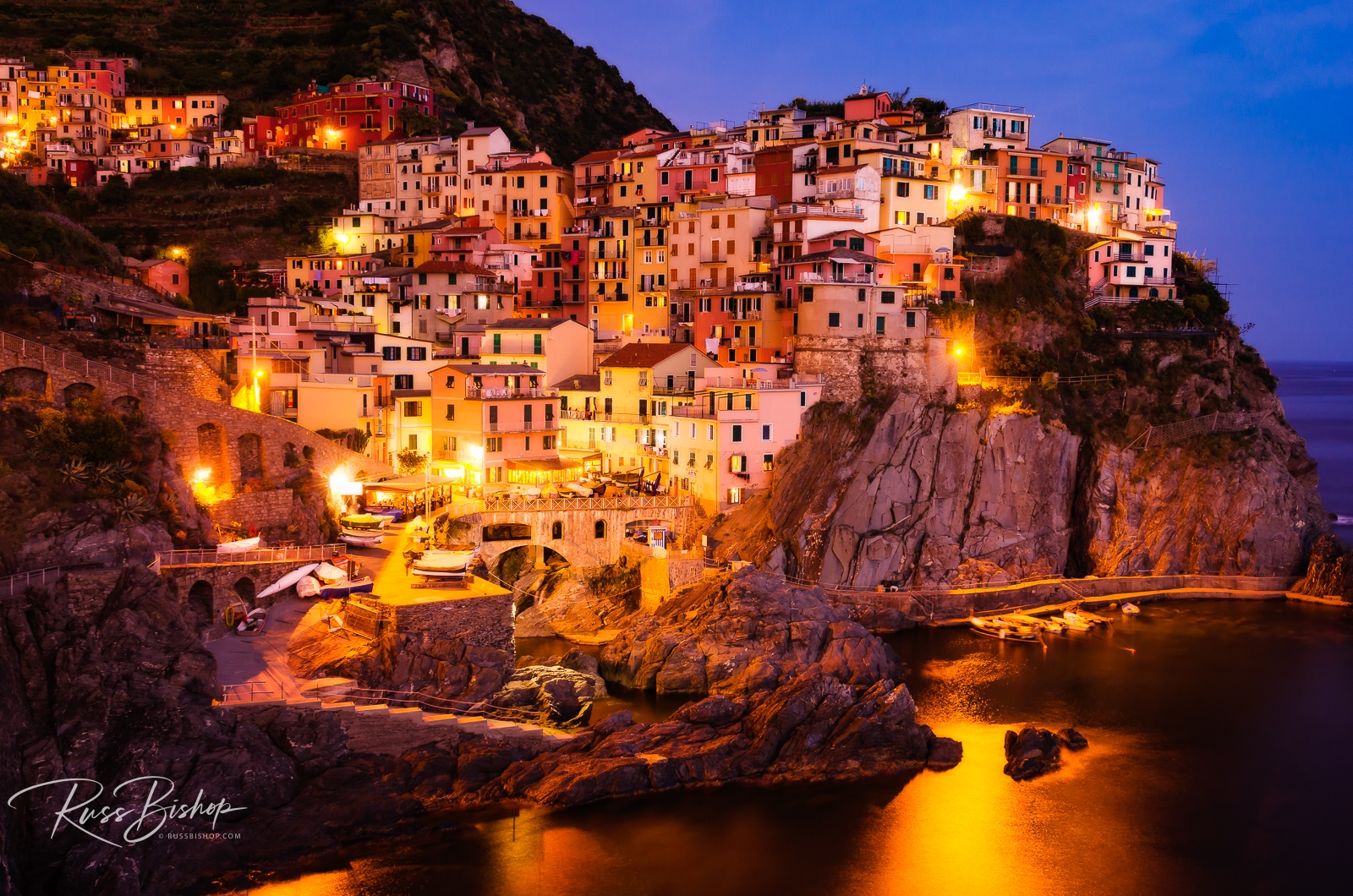
Venice is a city afloat and as the title of Joseph Brodsky’s classic essay “Watermark” suggests, it is this watery foundation that is the heart of the city and leaves its mark on your soul.
Around every corner your eyes are met with a rich palette of colors, and wandering through the maze of narrow stone passageways and arched bridges the sound of water lapping against stone is a constant reminder that the sea which brought life to this Renaissance town is slowly reclaiming it.
Founded in the 5th century as a defense from invaders, Venice was dredged out of a marshy lagoon and compasses 188 islands in the north Adriatic Sea. Its unique location which at first offered protection soon provided an even more valuable asset. With access to the open sea and the world beyond by the 13th century Venice had become a major maritime power.
During the Renaissance its wealth and power reigned supreme and it flourished as a center of art and culture that remains today. From Piazza San Marco to the Rialto Bridge on the Grand Canal, Venice is a vibrant blend of classic architecture, old-world artistry and culinary delights that appeals to the senses like no other city in the world.
“Venice is like eating an entire box of chocolate liqueurs in one go.” ~Truman Capote
©Russ Bishop/All Rights Reserved


